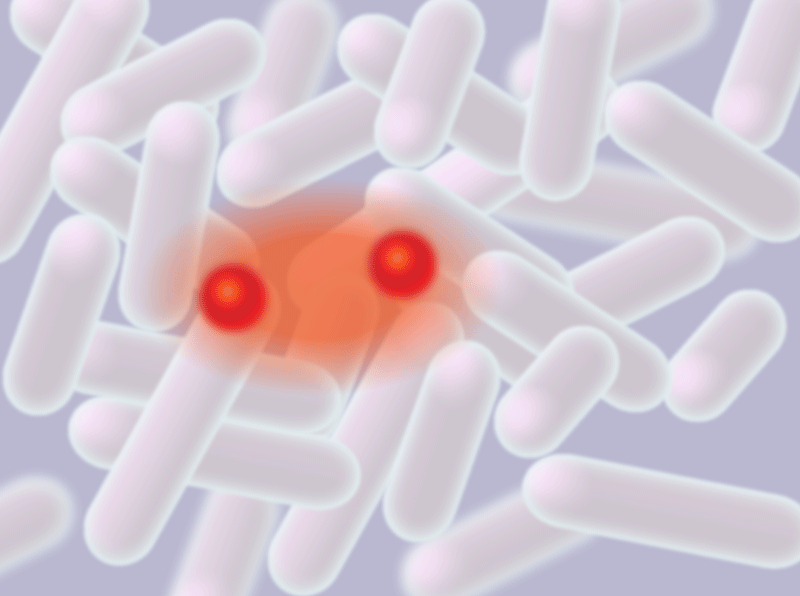August 26, 2016 report
Research pair create two-atom molecules that are more than a thousand times bigger than typical diatomic molecules

(Phys.org)—A pair of physicists with the Swiss Federal Institute of Technology in Switzerland has found a way to create very large diatomic molecules, and in so doing, have proved some of the theories about such molecules to be correct. In their paper published in Physical Review Letters, Johannes Deiglmayr and Heiner Saßmannshausen describe their experiments and results and why they believe such molecules may have a future in quantum computing.
Physicists have been interested in the properties of macromolecules for many years because they believe studying them will illuminate the fundamental properties of molecules in general. Prior research has shown that large, two-atom molecules should be possible if they were put into a Rydberg state—in which the outer electron exists in a high quantum state, allowing it to orbit farther than normal from the nucleus—and thus allowing for the creation of molecules thousands of times larger than conventional diatomic molecules such as H2.
In this new effort, the researchers sought to test assumptions made about such molecules by actually building some. They did so by firing a laser at a pair of chilled cesium atoms to excite them and then by firing another laser with a smaller amount of energy to bring them into a Rydberg state. To make sure they had succeeded in making the large molecule, they used a device to detect that the ions that had been created during the process decayed to the lower Rydberg state, releasing the energy that had ionized the other atom. By actually creating the molecules, the pair were able to test many of the theories and assumptions about them made by others in the field.
The team reports that their experiments confirm that some of the theories describing the behavior of macrodimer states were correct, but that others were not. Notably, their work has also advanced the understanding of macrodimers, which could help in a wide variety of research efforts. The researchers also note that the use of such molecules in quantum computers does seem feasible—if qubits were encoded in atoms in a Rydberg state, they note, the lack of force between them could present a more precise way to carry out operations than that used in other approaches.
More information: Heiner Saßmannshausen et al. Observation of Rydberg-Atom Macrodimers: Micrometer-Sized Diatomic Molecules, Physical Review Letters (2016). DOI: 10.1103/PhysRevLett.117.083401
ABSTRACT
Long-range metastable molecules consisting of two cesium atoms in high Rydberg states have been observed in an ultracold gas. A sequential three-photon two-color photoassociation scheme is employed to form these molecules in states, which correlate to np(n+1)s dissociation asymptotes. Spectral signatures of bound molecular states are clearly resolved at the positions of avoided crossings between long-range van der Waals potential curves. The experimental results are in agreement with simulations based on a detailed model of the long-range multipole-multipole interactions of Rydberg-atom pair states. We show that a full model is required to accurately predict the occurrence of bound Rydberg macrodimers. The macrodimers are distinguished from repulsive molecular states by their behavior with respect to spontaneous ionization and possible decay channels are discussed.
Journal information: Physical Review Letters
© 2016 Phys.org


















